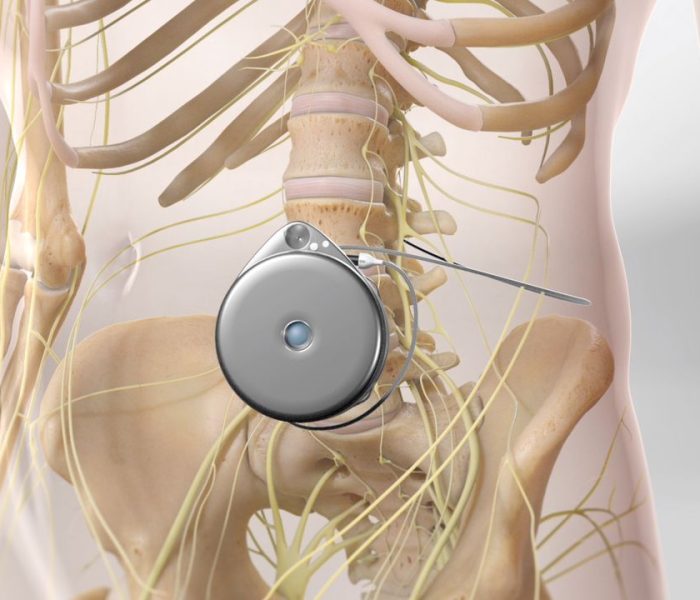Pain Pump
Schedule your first consultation
Schedule a follow-up visit for current patients
Intrathecal Pump Therapy

This device affords you the ability to bypass long-term deleterious effects and short-term side effects of chronic oral opioid therapy. Since the pump delivers opioid or adjuvant therapy directly to your pain receptors in your spine, our patients experience significantly improved pain control with a fraction of the dose of medication. Our patients also enjoy the freedom of no longer picking up prescriptions from the pharmacy, dealing with supply-chain issues or back-ordered medications.
Depending on your pain condition and your opioid tolerance, many of our patients can go multiple months without having to be refilled or seen in the office. This can provide you with the freedom in your life that chronic pain has taken away.

Historically, the trial is what is called a ‘single shot trial.’ During this type of trial, you are sedated with IV anesthesia in a doctor’s office or surgery center, then given a single bolus of opioid medication into your spinal cord. You are then asked to assess your response to this bolus and determine whether or not this therapy is right for you. Alternative methods for a trial include multiple single shot boluses, or even a temporary indwelling intrathecal catheter.
At the New York Pain Pump Institute, we believe these approaches do not provide the ability to assess this therapy in your everyday life.
First, you’re going to feel pain relief, you were just sedated with powerful anesthetics.
Second, at most, that bolus of opioid can provide up to four hours of therapy. During those four hours, you are recovering from anesthesia, traveling back to your home and recovering from your procedure. This is not a clear trial of targeted drug therapy and its benefits on your everyday life.
Third, you are limited to the one medication option that is delivered in that bolus. Humans are not all the same, and your response to one medication is not necessarily representative of your response to targeted drug therapy. You may think that you have failed a trial when truly you just needed a different medication.
Fourth, we do our absolute best to avoid unnecessary dural puncture that can result in post-procedural complications, headaches, and dural leaks, all of which would interfere with your ability to assess the effectiveness of this therapy.
At The New York Pain Pump Institute, Dr. Do Ouro has perfected the home trial. An extended home infusion with an external pump connected to an indwelling epidural catheter. The benefits of this trial are many:
You get the opportunity to assess how this therapy can improve every aspect of your life as you live with the trial for 5-10 days.
Opportunity to optimize medication therapy, rotate to different drugs, and assess for uncommon interactions or side effects.
Reduction of post-procedural complications d/t minimizing dural punctures.
Building tolerance to intra-spinal opioid therapy and establishing a safe and effective starting dose for intrathecal therapy.
Long-Term management
- After your pump is implanted, you will have to come into the office for pump refills and dose adjustments.
- The length between refills is different for everybody. This depends on your specific pain and the regimen that is effective for you. On average, patients require refills every eight to twelve weeks. The maximum time in between refills is three months, or sixteen weeks.
Frequently, brand new pump patients will require shorter intervals between dose adjustments and refills, this is not indicative of your long-term regimen. - As your pain changes, so can your pump. Ongoing management includes reassessment of your pain generators and adapting your therapy as needed.
- The pump is not designed or intended to be a cure for every possible pain condition. Certain types of pain pathologies can still prevail, so interventional procedures may still be available to you as part of your pain plan.
- After your home trial, if you decide this therapy is right for you, we will go forward with the implantation. This is a same-day surgery, done at a hospital or outpatient surgery center. You will have two incisions, one for the catheter and one for the pump pocket.
- Fluoroscopic guidance is used in the operating room for precise placement of the catheter.
- For more details, please visit: https://www.medtronic.com/us-en/patients/treatments-therapies/drug-pump-chronic-pain/what-to-expect/implant.html

